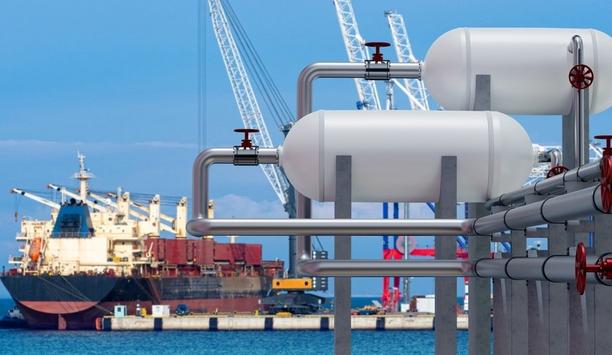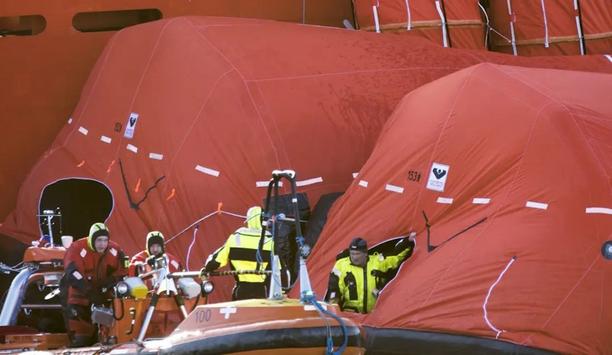KR (Korean Register) has granted Approval in Principle (AIP) for the Crew Transfer Vessel (CTV), a passenger and cargo transport vessel dedicated to offshore wind farms, developed by MARCON, a Korean maritime service company.
CTVs are widely used in Europe for transporting workers and equipment necessary for offshore wind farm construction and maintenance. However, the use of diesel engines has raised concerns about carbon emissions.
Hybrid electric propulsion system
The CTV that received AIP adopts an eco-friendly hybrid electric propulsion system using batteries. This addresses environmental regulatory issues while also offering fuel cost savings and supporting safer offshore wind farm operations.
The key components of this CTV include a hybrid system and energy storage system (ESS) provided by Hanwha Aerospace, Linear Jet propulsion units and hybrid CTV power conversion devices, integrated PEMS (Power & Energy Management System), and generators supplied by YusinHR.
Extinguishing function
Linear Jet provided by YusinHR is an eco-friendly propulsion system with a high efficiency of up to 70%
The immersion-type ESS supplied by Hanwha Aerospace is a lithium-ion battery with an insulation fluid immersion method, which enhances insulation strength, improves cooling effects, prevents thermal runaway transfer, and ensures safety against fire with a smothering extinguishing function.
The Linear Jet provided by YusinHR is an eco-friendly propulsion system with a high efficiency of up to 70%, capable of reaching a maximum speed of 25 knots. Its introduction is expected to bring positive changes to the Korean propulsion system market.
Hybrid electric propulsion system
According to MARCON representatives, the electric hybrid CTV is expected to reduce operating time by about 34% and decrease carbon dioxide emissions by approximately 70% compared to traditional internal combustion engine propulsion systems.
During this CTV project, KR verified the design safety and compliance of the CTV by reviewing domestic and international regulations. Kim Daeheon, Executive Vice President of KR’s R&D Division, stated, "It is very meaningful to be part of the first application of an eco-friendly hybrid electric propulsion system for a CTV, and we will continue to provide technical support throughout the vessel’s construction and future launch." The construction of this vessel began at a Korean shipyard in September 2024, with its launch scheduled for next year.











